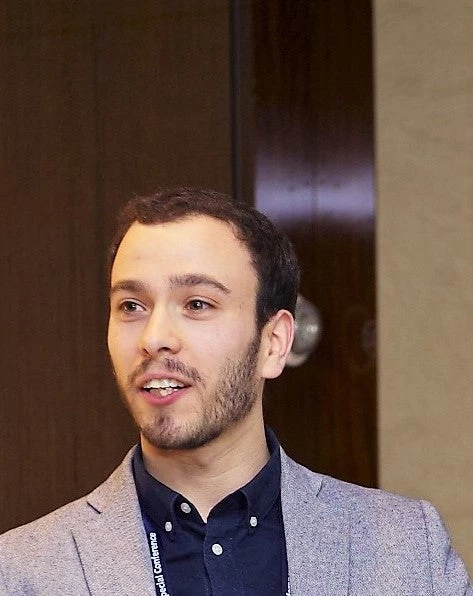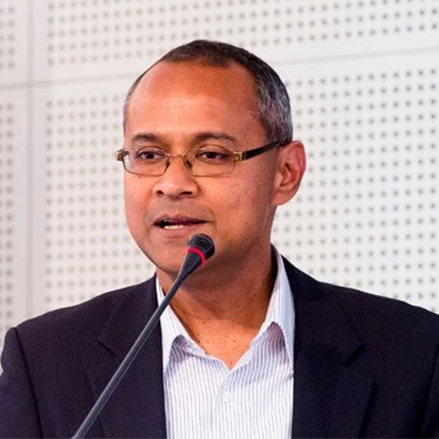Across countries, research has shown that poverty reduction is largely associated with economic growth. How is poverty reduction associated with growth of the median per capita income, which measures the improvement in well-being of the “typical person” (person in the middle of the income distribution) of a country?
The figure shows average annual changes in extreme poverty rate against annualized median income (or consumption) growth rates for selected countries. Countries that reduced extreme poverty at a higher rate were also likely to have a higher annual rate of increase in median income during the same period. The average median income growth rate for the top 15 performers (by average annual reduction in extreme poverty during 2000-2015—the round dots in the figure) was 6.0% annually, compared to 2.4% for all countries, including high-income countries.
In China and India, median income grew at robust average annual rates of 8.5% (1999-2015) and 3.4% (2004-2011), respectively. The correlation is weaker for the upper-middle-income group of countries than for the lower-income groups. As countries get richer and the poverty rate declines, the gap between the income (or consumption) of the extreme poor and that of the median individual widens, which tends to weaken the link between the two.
Notes on Data Selection:
Data are extracted from the PovcalNet database. Two data selection criteria were applied; (1) Countries should have at least two surveys—one between 1995 and 2005 and another between 2010 and 2019. (2) The same welfare measures, either income or consumption, should be used for those surveys. Applying these restrictions, 114 countries were selected, including high-income countries. Poverty rates from the two surveys are not fully comparable for some countries.
Growth rate calculation uses survey year, which could be different from reference year.
Median income information is based on PovcalNet and Global Database of Shared Prosperity.
Reference: Historical country classification by income






Join the Conversation